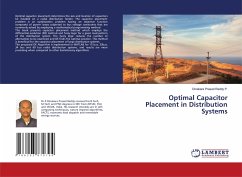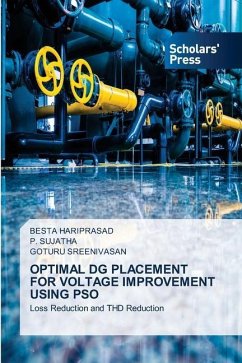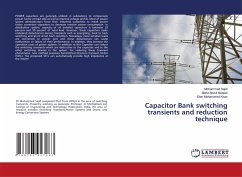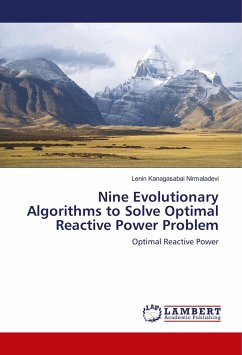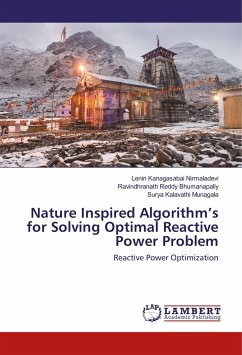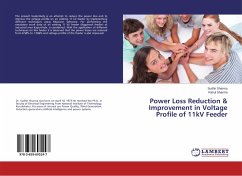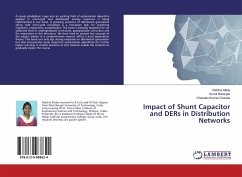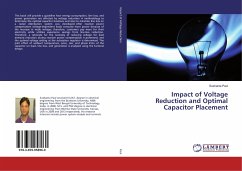
Impact of Voltage Reduction and Optimal Capacitor Placement
Versandkostenfrei!
Versandfertig in 6-10 Tagen
45,99 €
inkl. MwSt.

PAYBACK Punkte
23 °P sammeln!
This book will provide a guideline how energy consumption, line loss, and power generation are affected by voltage reduction. A methodology to determine the optimal capacitor locations and sizes to minimize line loss on a radial distribution system was developed. After reactive power compensation voltage-dependent loads consume more power because of the increase in node voltage; therefore, customers pay more for their electricity while utilities experience savings from line-loss reduction. Therefore, a rationale for the necessity of reducing voltage for load demand reduction during reactive po...
This book will provide a guideline how energy consumption, line loss, and power generation are affected by voltage reduction. A methodology to determine the optimal capacitor locations and sizes to minimize line loss on a radial distribution system was developed. After reactive power compensation voltage-dependent loads consume more power because of the increase in node voltage; therefore, customers pay more for their electricity while utilities experience savings from line-loss reduction. Therefore, a rationale for the necessity of reducing voltage for load demand reduction during reactive power compensation is presented, and the optimal voltage setting at the substation regulator is determined. The joint effect of ambient temperature, price, size, and phase kVAr of the capacitor on load, line loss, and generation is analyzed using the factorial design.



